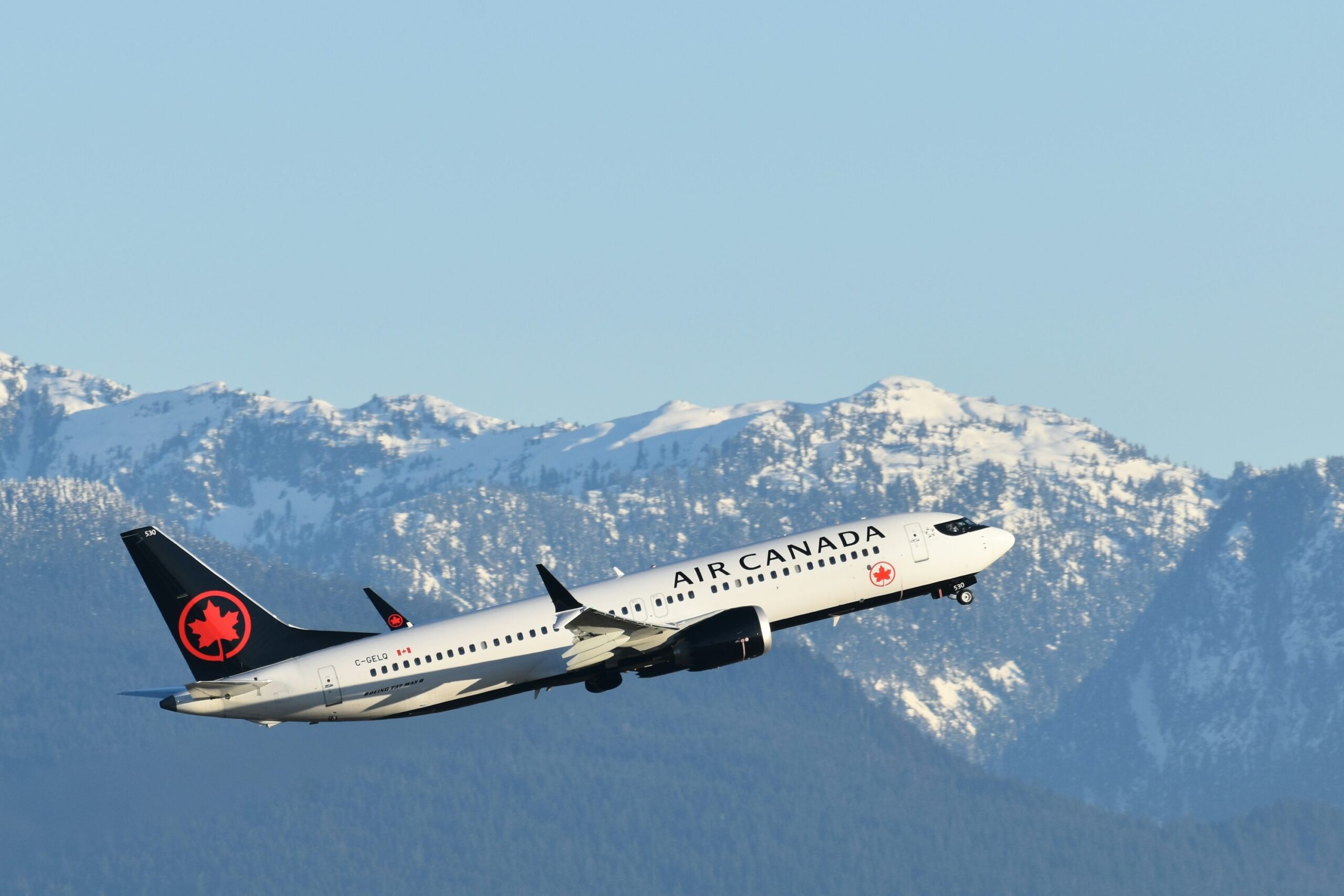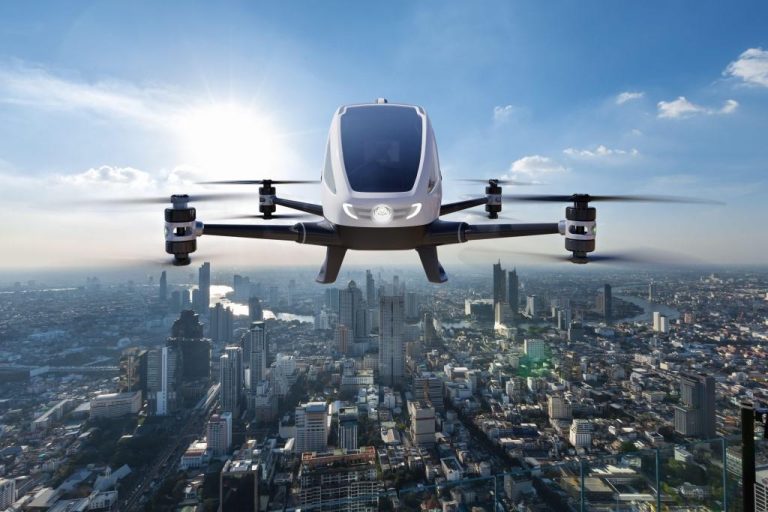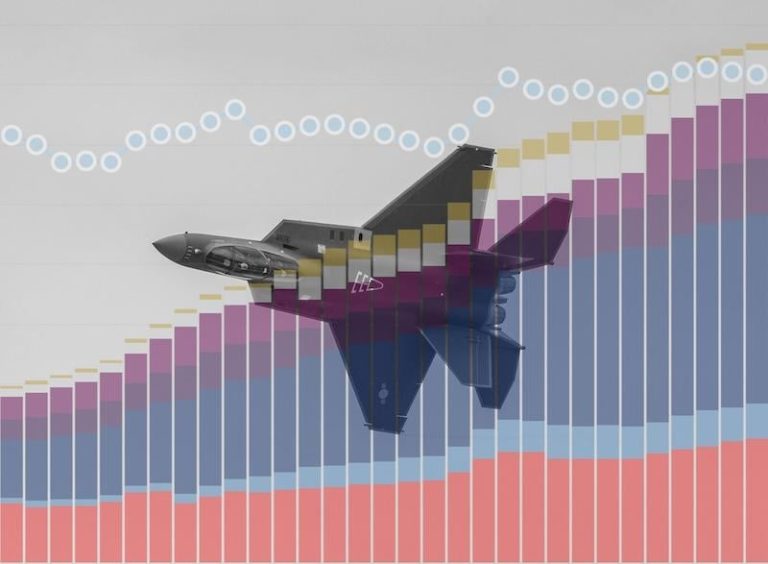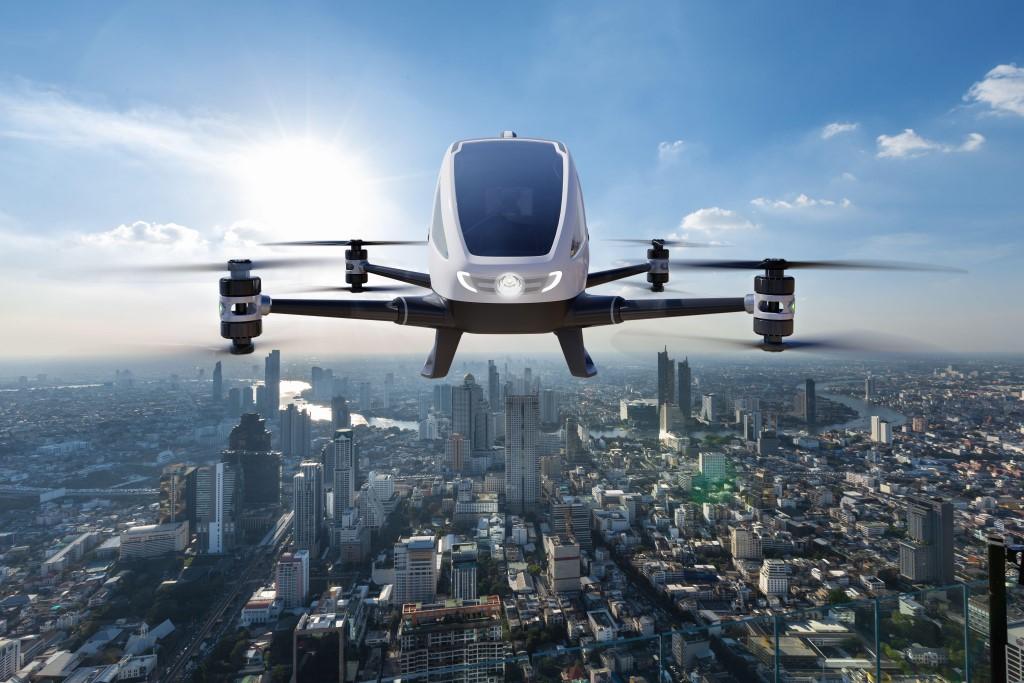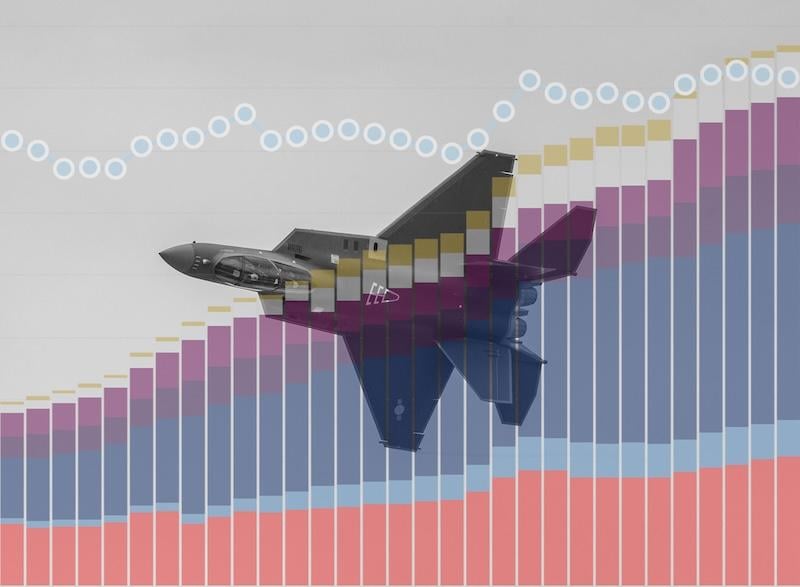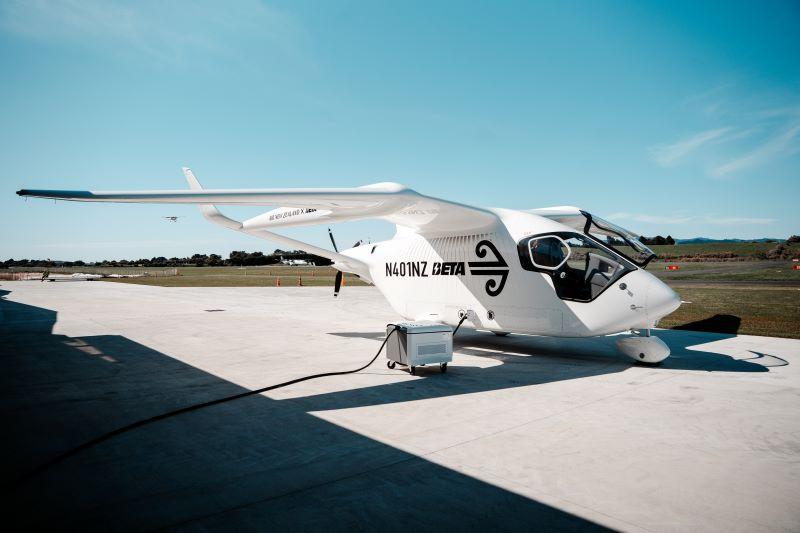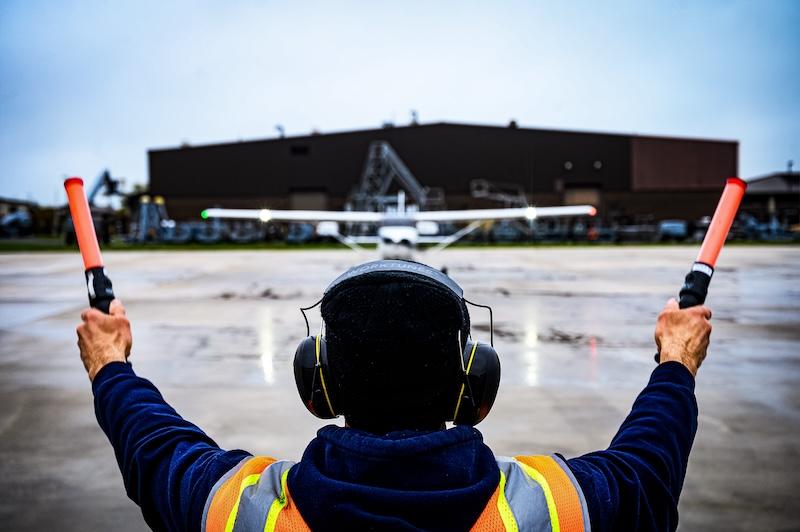Commercial aviation is entering a new era where long-standing giants like Boeing and Airbus are facing competition from emerging manufacturers. Companies such as COMAC from China and Embraer from Brazil are stepping into markets traditionally dominated by these two major players.
In recent years, the demand for more fuel-efficient, eco-friendly aircraft has increased significantly. Airlines are pushing for planes that not only reduce operating costs but also meet stricter environmental regulations. Boeing has been developing the 737 MAX updates and new sustainability initiatives, while Airbus has gained momentum with its A321XLR, a model popular for long-range narrow-body flights.
COMAC, with its C919, is attempting to challenge Airbus and Boeing in the single-aisle market. Although certification hurdles and supply chain dependencies are slowing its international expansion, the Chinese government is backing COMAC strongly, giving it a chance to gradually gain traction in Asia.
The global aviation industry is also witnessing changes in customer expectations. Passengers are increasingly conscious about sustainability, carbon emissions, and noise reduction. Airbus has announced research into hydrogen-powered planes by 2035, while Boeing continues to invest in sustainable aviation fuels (SAF).
For airlines, the balance between fleet renewal and profitability is critical. With the resurgence of travel demand post-pandemic, many carriers are aggressively ordering new aircraft to replace older fleets. For instance, Indigo Airlines from India recently placed a record order for Airbus planes, showing how the Asia-Pacific region has become the biggest driver of aviation growth.
Looking ahead, it is clear that Boeing and Airbus will remain dominant, but the competitive landscape is no longer exclusive. With regional players stepping up and sustainability becoming the central issue, the commercial aviation market is evolving into a more diverse and dynamic industry.

